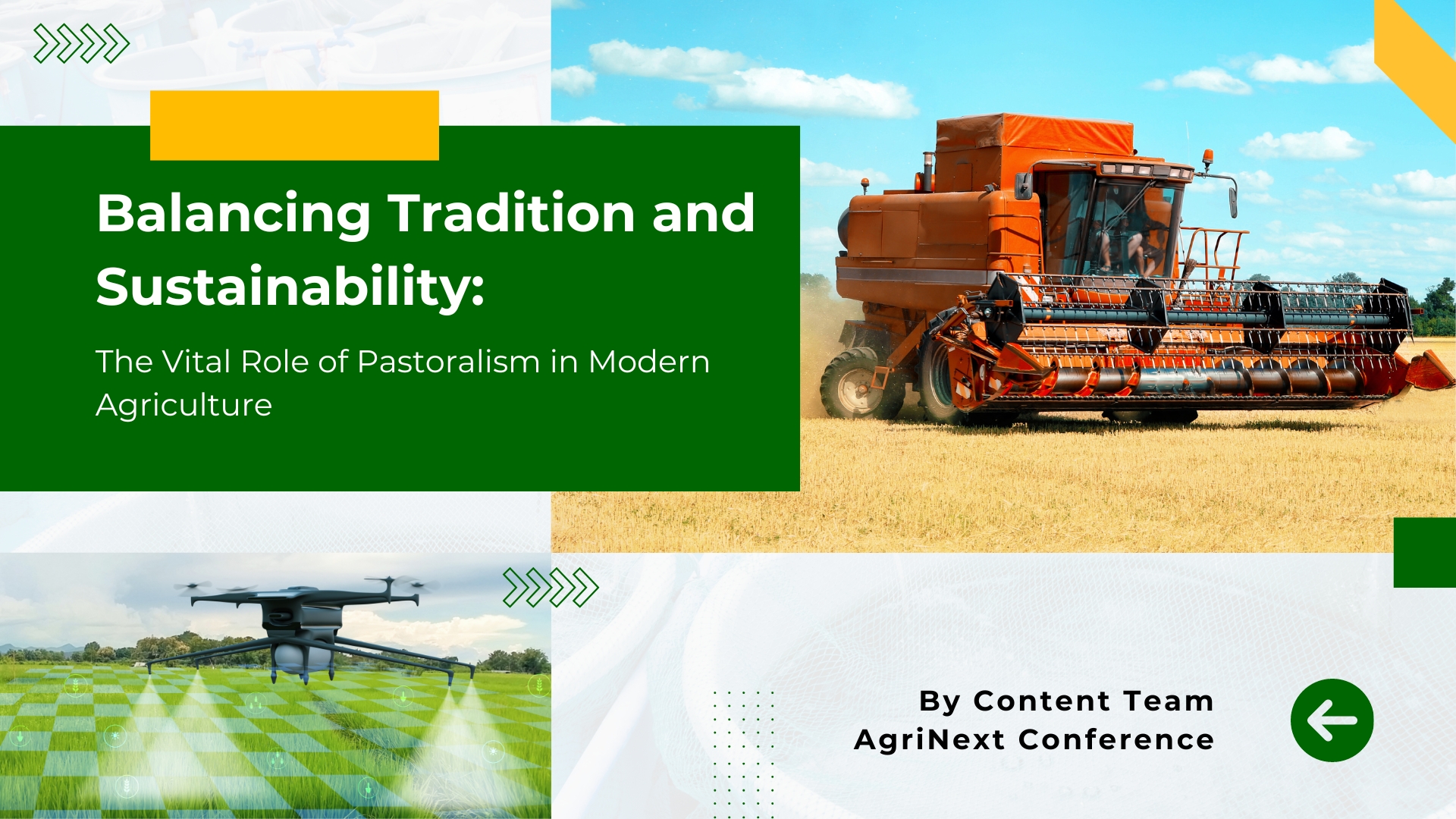
Pastoralism, the practice of raising livestock in open grazing lands, has been a cornerstone of human societies for millennia. Across diverse landscapes, from arid deserts to lush grasslands, pastoralists have adapted their livelihoods to coexist with nature, fostering sustainable ecosystems while providing essential goods and services to communities.
Pastoralism, the practice of raising livestock, is prevalent in various countries around the world, especially in regions where agriculture is challenging due to arid or semi-arid conditions. Some countries where pastoralism is commonly practiced include:
Pastoralism is a significant part of Kenyan culture, with animals such as cattle, goats, sheep, and camels being raised by pastoralist communities like the Maasai, Samburu, and Turkana.
Ethiopian pastoralists raise similar animals to those in Kenya and Mongolia, including cattle, goats, sheep, and camels. Indigenous breeds like the Borana and Somali goats are common.
The traditional nomadic lifestyle in Mongolia involves the raising of horses, sheep, goats, cattle (including yaks), and camels.
In India, various animals are raised depending on the region and climate. Commonly raised animals include cattle (especially indigenous breeds like Gir, Sahiwal, and Ongole), buffaloes, goats, sheep, poultry (chickens, ducks, and turkeys), and in some regions, camels.
At its core, pastoralism embodies a harmonious relationship between people, animals, and the environment. Nomadic or semi-nomadic pastoralists move their herds seasonally in search of fresh grazing grounds and water sources, allowing vegetation to regenerate and preventing overgrazing in any single area. This rotational grazing pattern promotes biodiversity, soil fertility, and carbon sequestration, contributing to the resilience of ecosystems and mitigating climate change impacts.
Pastoralism can contribute positively to forest ecosystems in several ways:
Managed grazing can help maintain diverse plant species in forests, as grazing animals can prevent the dominance of certain plant species, thus promoting biodiversity.
Grazing can reduce the accumulation of dry vegetation, which lowers the risk of wildfire in forest areas .
Animal waste from grazing can enrich the soil with nutrients, promoting the growth of vegetation and contributing to the health of the forest ecosystem.
Pastoralists often have intimate knowledge of their local ecosystems, including forests, which they use to sustainably manage resources and maintain ecosystem balance.
Pastoralism can also contribute to the preservation of cultural landscapes and traditional land management practices, which are often intertwined with forest ecosystems.
Pastoralism contributes to agricultural sustainability in several ways:
Biodiversity Conservation: Pastoralists often practice extensive livestock grazing, allowing for a rotational use of grazing lands. This rotational grazing pattern prevents overgrazing in any single area, promotes vegetation diversity, and allows ecosystems to regenerate naturally. As a result, biodiversity is maintained, with a variety of plant and animal species coexisting in pastoral landscapes.
Soil Health: The rotational grazing practiced by pastoralists helps prevent soil erosion and compaction. Livestock trample the soil lightly, allowing vegetation to protect the soil from erosion by wind and water. Furthermore, animal waste serves as natural fertilizer, enriching the soil with nutrients and improving its fertility over time.
Water Management: Pastoralists often have traditional knowledge and practices for managing water resources sustainably. They are adept at locating water sources and managing their use to ensure adequate supply for both livestock and wildlife. By carefully managing water points and avoiding overuse, pastoralists contribute to the conservation of water resources in arid and semi-arid environments.
Climate Change Resilience: Pastoralism is inherently adaptable to climatic variability. Pastoralists have developed strategies for coping with droughts, floods, and other extreme weather events, such as seasonal migration and diversification of livestock species. These adaptive practices help pastoral communities maintain their livelihoods even in the face of climate change impacts.
Cultural Preservation: Pastoralism is often deeply intertwined with cultural traditions and identities. By preserving pastoral lifestyles and knowledge systems, agricultural sustainability is enhanced through the retention of indigenous practices that are attuned to local ecological conditions. Additionally, pastoral communities often have strong social networks and collective decision-making mechanisms, which facilitate sustainable resource management and conflict resolution.
Despite providing many benefits – from helping combat climate change to preserving heritage and biodiversity- pastoralism faces threats from rural exodus and, in some regions, discrimination, conflicts and insecurity.
pastoralism faces numerous challenges in the modern world. Encroachment on traditional grazing lands, land privatization, and resource competition with agricultural expansion threaten the viability of pastoralist communities .
Addressing these challenges requires holistic approaches that recognize the value of pastoralism in sustainable land management and biodiversity conservation. Policies and interventions should prioritize securing land tenure rights for pastoralist communities, facilitating access to essential resources such as water and veterinary services, and promoting participatory land-use planning that integrates traditional knowledge with modern technologies.
Recognizing the value of pastoralism and supporting pastoralist communities is essential for promoting sustainable agricultural practices and ensuring the long-term resilience of rural landscapes.
FAO is helping support pastoralists worldwide and is cooperating with local governments, research centers, and pastoral organizations to improve knowledge, methodologies, and tools to tackle these challenges and support the preservation and development
“As a pastoralist, livestock is not a commodity, not a business; for us. It is living in harmony with nature. In the Sahel, 40% of GDP is from pastoralists. So we are the people making the economy. So that means we are the solutions. We are the people putting carbon in the soil”.
Hindou Oumarou Ibrahim.
Hindou is an expert on adaptation of indigenous peoples to and mitigation of climate change, traditional knowledge on the adaptation of pastoralists in Africa, and indigenous women’s empowerment. Since 2018 she has served as Senior Indigenous Fellow for Conservation International.
In conclusion, pastoralism represents a timeless practice rooted in harmony with nature and sustainable resource management. By safeguarding the rights and livelihoods of pastoralist communities and promoting coexistence between traditional practices and modern development, we can harness the inherent resilience of pastoralism to build a more sustainable and equitable future for all.
